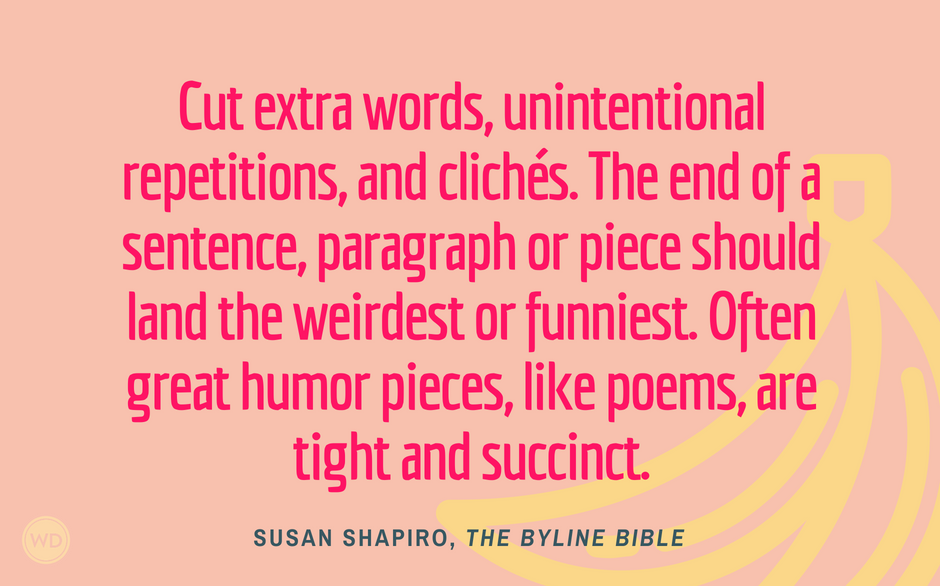Showing & Telling
Learn How to Show & When to Tell for Powerful & Balanced Writing
by Laurie Alberts
Writer's Digest Books, 2010
ISBN: 978-1-58297-705-8
$16.99, paperback, 256 pages
Buy the Book
Read an excerpt
Explore how scenes create emotional connections with a reader and work to forward plot in this excerpt from chapter 1 of Showing & Telling by Laurie Alberts.
Author Q&A
Laurie Alberts discusses writing, the publishing industry, seeking agents, writing contests and more.
About the Book
Write vibrant scenes and essential summaries
“Show—don’t tell.” How many times have you heard this standard bit of writing advice? It’s so common in writing courses and critiques that it has become a cliché. Writers are often told to write scenes, dramatize, cut exposition, cut summary—but it’s misguided advice. The truth is good writing almost always requires both showing and telling. The trick is finding the right balance of scene and summary—the two basic components of creative prose.
Showing and Telling shows you how to employ each of these essential techniques in the appropriate places within a narrative. You’ll learn how to:
• write scenes and cut exposition
• compress time and summarize background information
• create graceful transitions
• effectively inject interpretation
• and more
Complete with examples from bestsellers and interactive exercises, this comprehensive guide offers an in-depth look at scene development, the role of reflection in storytelling, the art of summarizing, and how to bring it all together.
* Includes an analysis of the short story “Russia Is a Fish” by author Laurie Alberts.
About the Author
Laurie Alberts is the author of six books including three novels: The Price of Land in Shelby, Lost Daughters, and Tempting Fate. Her work has won several awards, including a James Michener Award. She teaches fiction and creative nonfiction in the MFA in Writing Program at Vermont College of Fine Arts. Her website is www.lauriealberts.com.
Table of Contents
Introduction
Section One: Making Vibrant Scenes
Chapter 1 The Purposes of Scenes
Chapter 2 Types of Scenes
Chapter 3 Scene Structure
Chapter 4 Tools of the Scene Trade
Chapter 5 The Sins of Scenes
Scene Exercises
Section Two: Creating Essential Summaries
Chapter 6 The Uses of Summary
Chapter 7 Reflection
Chapter 8 More Tools of the Summary Trade
Chapter 9 The Sins of Summary
Summary Exercises
Section Three: Combining Scene and Summary
Chapter 10 Using Summary to Set Up Scenes
Chapter 11 Inserting Summary in the Midst of Scenes
Chapter 12 Inserting Scene in the Midst of Summary
Chapter 13 Scene, Summary, and Pace
Chapter 14 Following a Scene With Reflective Summary
Chapter 15 Balancing Scene and Summary
Chapter 16 Transitions
Chapter 17 Beginnings and Endings
Scene and Summary Exercises
Appendix A (Story Sample): “Russia Is a Fish”
Works Cited
Index






